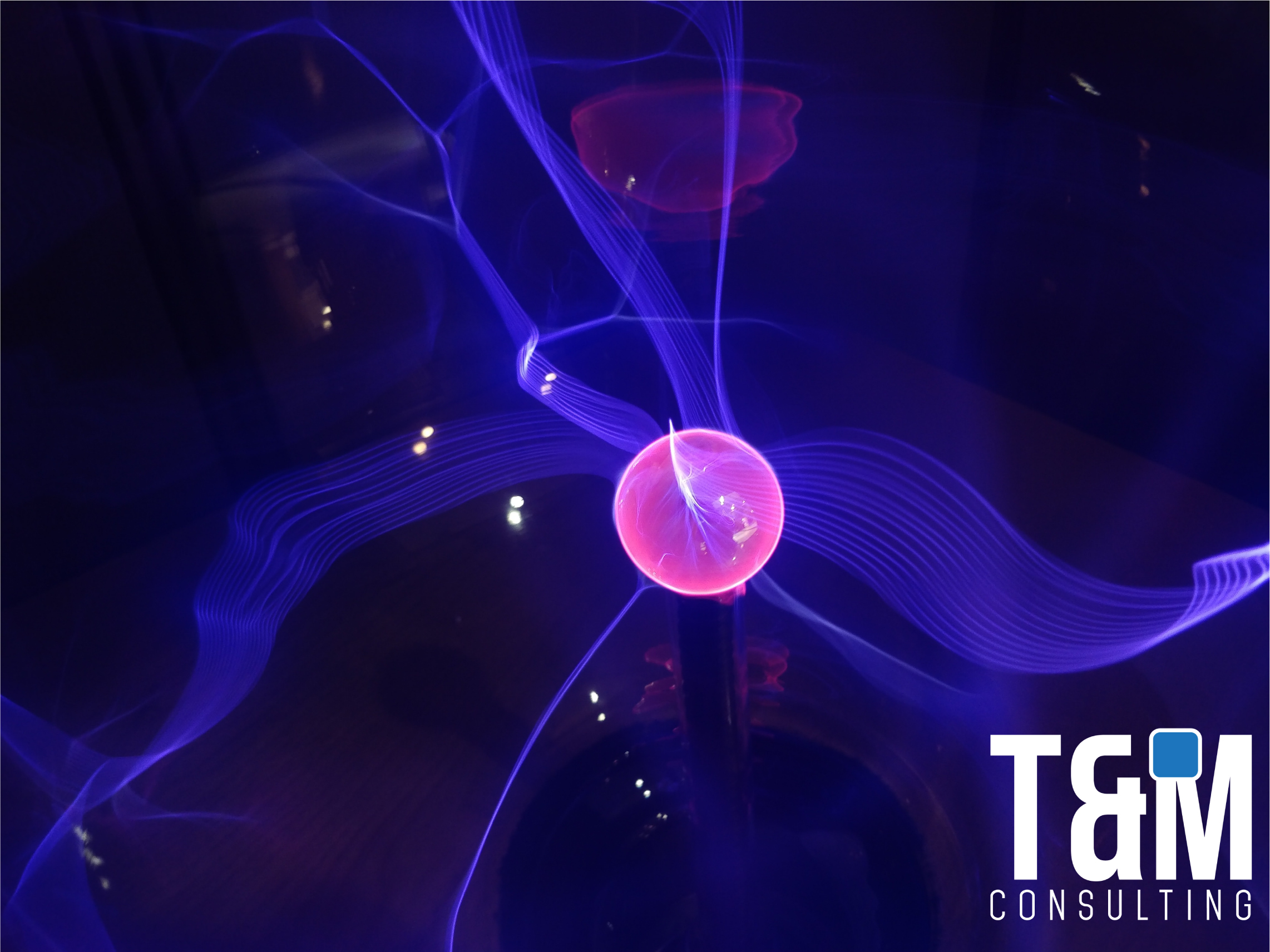Technology
The self-charging quantum battery

A team of scientists from the University of Adelaide, Australia, presented a breakthrough that could improve the theoretical quantum batteries, in addition to signifying a significant step forward in the field of energy sustainability, that the atoms that make up the battery only require ambient light to charge quickly, compared to a traditional battery connected to the electric current.
It is all due to the properties of the bonded atoms that would not require an external source to charge, according to Dr. James Quach, lead author of the study, the collective quantum effect generates a super-absorption effect, stating "the idea that the rate at which the molecule can absorb light increases as we increase the number of molecules" in the battery structure. Like what was put forward in 2019 by the team of Canadian researchers, whose proposal was to abandon lithium batteries and store energy using the principles of quantum mechanics.
Using a technique known as electron beam physical vapor deposition, which involves using a beam of electrons to vaporize the atoms of an anode and have them deposited in layers inside a vacuum chamber, the team of researchers managed to fabricate "microcavities of organic molecules" that absorb light using an ink called Lumogen-F Orange.
Dr. Quach told the New Atlas website that "it uses alternating layers of dielectric materials to create what is known as a 'distributed Bragg reflection'". In turn, these mirrors, he said, "reflect much lighter than a typical metal [or] glass mirror. This is important because we want the light to stay inside the cavity as long as possible." When he referred to dielectric materials, they could be silicon dioxide and niobium pentoxide, among others.
The team found that as the size of the microcavity increased, the higher the charging rate, further increasing the superabsorption effect.
This result was dubbed a photochargeable quantum battery, and according to the team they could have the first prototype ready within three to five years.
Read more about the research on the University of Adelaide's website https://www.adelaide.edu.au/newsroom/news/list/2022/01/17/superabsorption-unlocks-key-to-next-generation-quantum-batteries
22 de Febrero, 2022





